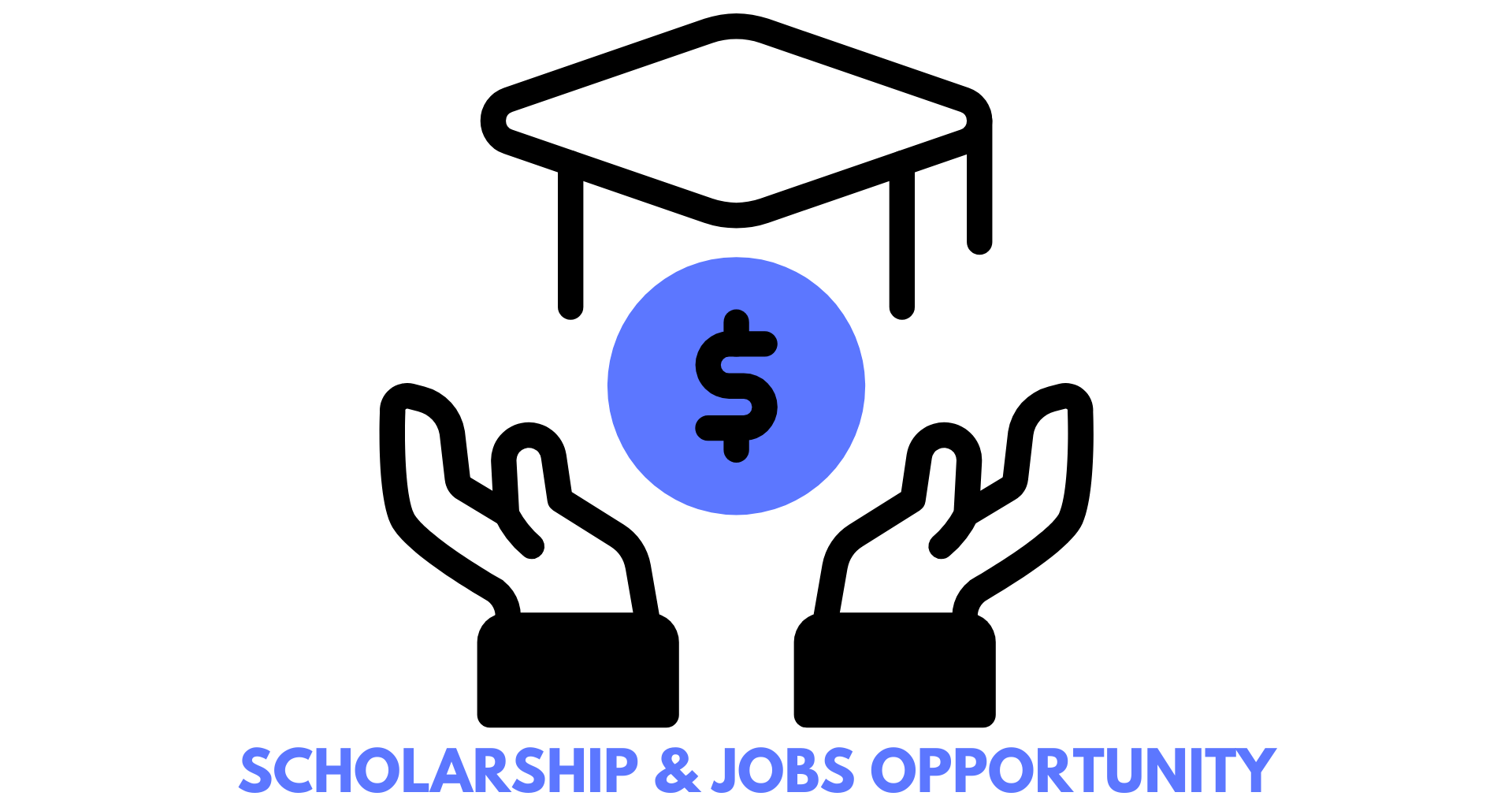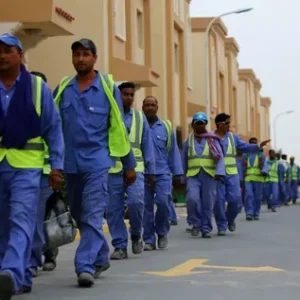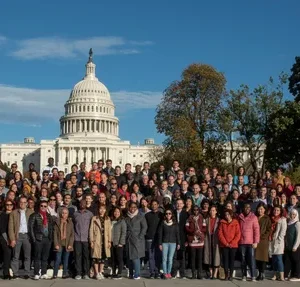Introduction — why Australia still pulls skilled workers
If you’re looking for a job that pays well, offers a clear visa pathway, and gives you the kind of outdoor-lifestyle weekends you see on postcards, Australia keeps showing up near the top of the list. Across the vast continent you’ll find red-earth mines, state-of-the-art hospitals, and dynamic tech hubs — often with beaches, national parks and weekends full of hiking, surfing or just slowing down. For many employers, the skill shortage in certain occupations is real and ongoing; the Temporary Skill Shortage (TSS) visa is one of the most commonly used routes for businesses to sponsor overseas talent.
This post gives a practical, conversational overview of:
-
Which sectors are hiring now (Mining, Healthcare, Tech)
-
Typical pay bands (AUD 60k–140k)
-
How the TSS visa works (key steps and employer obligations)
-
Where you’ll likely live and what lifestyle to expect
-
Practical tips for applying and negotiating
-
A clear comparison table so you can scan what matters most
I wrote this to be useful whether you’re actively job hunting, planning an international move, or building content for a careers blog — and I embedded two official links in the text for deeper reading.
Australia
Australia is not just one job market — it’s multiple regional economies stacked together. The reality is:
-
Metro hubs (Sydney, Melbourne, Brisbane, Perth, Adelaide) host most corporate tech & healthcare roles.
-
Regional and remote areas host a large share of mining and engineering jobs — they often include employer-provided housing or allowances.
-
Coastal and lifestyle towns (Gold Coast, Sunshine Coast, parts of WA like Margaret River) combine leisure with proximity to jobs — especially in healthcare and emerging tech clusters.
Working in Australia often means balancing higher wages with a higher cost of living in major cities. For many international hires the appeal is a strong wages-to-lifestyle ratio: the ability to earn solid salaries and still enjoy beaches, bushwalking and an outdoors culture.
Mining, Healthcare, Tech
Below I break down the three sectors you named — what’s in demand, what employers usually look for, and how pay tends to shape up.
Mining
-
Roles in demand: Engineers (mining, electrical), drillers, geologists, operations managers, heavy-vehicle mechanics.
-
Work environment: Fly-in/fly-out (FIFO) rotations are common, especially in WA and NT — expect rostered blocks (e.g., 2 weeks on/1 week off).
-
Pay: Mid to high (many roles fall into the AUD 80k–140k range, senior engineering and management can exceed that).
-
Perks: Shift allowances, remote area allowances, sometimes employer-provided housing and transport.
-
Lifestyle impact: Remote work sites but often high pay that funds coastal weekends; strong team bonds and structured rosters.
Healthcare
-
Roles in demand: Registered nurses, allied health professionals (physiotherapists, radiographers), specialists (with board recognition), aged-care nurses, rural GPs.
-
Work environment: Public and private hospitals, aged care facilities, regional clinics.
-
Pay: Wide range. Entry to mid-level nursing roles often AUD 60k–100k; specialist doctors and senior roles move above AUD 120k.
-
Perks: Rural incentives, relocation support, professional development funding.
-
Lifestyle impact: Healthcare roles are very transferable across states and often provide options to live in coastal/rural communities with strong local ties.
Tech
-
Roles in demand: Software engineers, cloud architects, data scientists, cybersecurity specialists, devops.
-
Work environment: Urban tech hubs and remote-first companies. Lots of hybrid and fully remote roles post-pandemic.
-
Pay: Early to mid-level AUD 70k–120k; senior engineers and architects AUD 120k–200k+ (but remember the range you asked for: most mid-senior roles fit within AUD 60k–140k).
-
Perks: Flexible work, stock/options at startups, generous leave and wellness policies at larger firms.
-
Lifestyle impact: Tech jobs let you live in coastal towns while working remotely, or cluster in city centers for networking and career acceleration.
Temporary Skill Shortage (TSS)
The TSS visa (subclass commonly referred to as 482) is the main employer-sponsored short-to-medium term pathway that lets Australian businesses sponsor skilled workers when they cannot find suitable local candidates. For authoritative details, read the official government page for the TSS visa — it explains eligibility, sponsor obligations, and streams: the employer-sponsored short-term and medium-term streams. (Official resource: the Australian Department of Home Affairs TSS visa page.)
How it works — the simplified flow:
-
Employer sponsorship: Business becomes an approved sponsor (or uses an approved sponsor).
-
Nomination: Employer nominates a role and shows it meets skill and salary thresholds.
-
Application: You (the overseas worker) apply with evidence of skills, English, and health/character checks.
-
Visa grant: If successful, the visa allows you to work for the sponsoring employer for the approved period (short-term usually up to 2 years; medium-term up to 4 years where occupations are on the Medium- and Long-term Strategic Skills List).
Important employer & worker points:
-
Employers must demonstrate genuine need and meet training contribution requirements in some cases.
-
Salary and market-rate requirements are enforced — the idea is to prevent undercutting local wages.
-
The TSS can be a pathway to permanent residency for certain medium-term stream occupations, but rules vary and often require careful planning.
(Official read: Temporary Skill Shortage (TSS) visa — Department of Home Affairs)
AUD 60k–140k
You asked for the salary band AUD 60k–140k. That’s a realistic bracket covering many mid-level professionals across Mining, Healthcare and Tech in Australia. Here’s what that band typically means:
-
AUD 60k–80k
-
Early-mid nursing roles, allied health juniors, junior software developers, technician roles.
-
Good entry to mid-level living in outer suburbs and regional centres; city living possible with shared housing or careful budgeting.
-
-
AUD 80k–100k
-
Experienced nurses, mid-level software engineers, mining technicians, experienced allied health.
-
Comfortable single-earner lifestyle in many cities and very comfortable in regional/coastal towns.
-
-
AUD 100k–140k
-
Senior engineers, senior developers, operations managers, specialty doctors.
-
Enables strong living standards in major cities, mortgages in many cases, and flexibility to live near beaches with higher living costs.
-
Where to verify market salary data
-
For occupation-specific forecasts and median wage data, government labour market resources like JobOutlook and the Australian Bureau of Statistics are reliable sources. (Example resource: JobOutlook / Australian government labour market insights.)
Example official resource to check salary trends and occupational demand: JobOutlook – Australian Government
High (demand) — which roles are truly “high demand”?
If we simplify to “high demand” roles that frequently show up on skill lists and employer sponsorship nominations, think:
-
Mining: Mining engineers, heavy-vehicle mechanics, geologists.
-
Healthcare: Registered nurses (specialties like aged care, emergency), allied health in regional services, rural GPs and specialists in shortage areas.
-
Tech: Cloud architects, cybersecurity specialists, senior software engineers and data scientists.
High demand also depends on location: rural and regional Australia often have acute shortages of healthcare workers and some technical trades, while metro hubs compete for top tech talent.
Beaches, outdoors — lifestyle and location tradeoffs
One of Australia’s biggest draws is lifestyle. But there are practical tradeoffs to consider when picking a job location:
-
Work near beaches & outdoors
-
Coastal cities and regional towns mean easy access to surf, national parks, and outdoor weekends.
-
Examples: Gold Coast, Sunshine Coast, Byron Bay region, parts of WA (Broome, Margaret River region), Tasmanian coastal towns.
-
-
Remote mining sites
-
Often inland, not beach-adjacent, but pay can be higher and rosters are structured to allow significant time off you can use for travel.
-
Many FIFO workers use rostered time to visit coastal hubs or return overseas.
-
-
Healthcare in regional coastal towns
-
Rural towns often have strong community life, access to outdoors, and incentives to attract clinicians.
-
-
Tech flexibility
-
Tech work is increasingly remote-friendly; many developers live in coastal towns while working for a Sydney or Melbourne firm remotely.
-
Important lifestyle note: being paid well doesn’t automatically fit with living on a beach in a major city (costs can be high). A common strategy: live in a coastal regional town (lower rents) and work remotely or commute.
Quick comparison table (scan it)
| Sector | Typical Roles (high demand) | Typical Salary Range (AUD) | Location | Lifestyle tradeoffs |
|---|---|---|---|---|
| Mining | Mining engineers, geologists, heavy mechanics | 80k–140k+ | Remote/regional (WA, NT, QLD) | High pay, FIFO rosters; less beach access but lots of leave |
| Healthcare | Registered nurses, allied health, rural GPs | 60k–130k+ | Metro + regional coastal towns | Community-focused, stable hours in many roles; rural incentives |
| Tech | Software engineers, data, security | 70k–140k (mid-senior) | Metro hubs, remote | Flexible/remote options; city networking vs coastal lifestyle balance |
How to approach employers and the TSS visa — practical checklist
If you want to make a move, follow these steps:
-
Identify roles that match your skills and are on Australian skilled/occupation lists.
-
Use official occupation lists as a starting point (medium- and long-term skilled occupation lists are periodically updated).
-
-
Prepare credential evidence
-
Degree transcripts, professional registrations (nursing, engineering), reference letters, licences.
-
-
Check English requirements
-
Many visas require an accepted English test band or professional registration that waives it.
-
-
Find employers willing to sponsor
-
Apply to companies that have sponsored before, or explicitly state “visa sponsorship considered” in job ads.
-
-
Negotiate salary & benefits
-
Ensure your employment contract reflects market/award rates, allowances, and return-flight or relocation packages if offered.
-
-
Plan for costs
-
Visa application fees, medical exams, credential assessments, and possible relocation costs.
-
-
Get professional help if needed
-
Registered migration agents can help with complicated cases (but verify credentials).
-
Tips to stand out in Mining, Healthcare, and Tech applications
-
Mining
-
Demonstrate safety training, FIFO experience (if you have it), and willingness to work rostered periods. Add heavy machinery or supervisory experience.
-
-
Healthcare
-
Ensure your professional registration is clear (nursing registration with AHPRA where relevant), and have strong clinical references. For rural roles, mention community involvement and willingness to do after-hours work.
-
-
Tech
-
A well-curated GitHub/portfolio, clear articulation of projects (impact, scale), and demonstrated cloud/cybersecurity certifications will help. Remote work readiness and communication skills go far.
-
Common questions & quick answers
-
Q: Can TSS lead to permanent residency?
-
A: Sometimes — medium-term TSS occupations have pathways to permanent residency (e.g., through Employer Nomination Scheme), but it depends on occupation lists and visa subclass rules. Check the Department of Home Affairs pages for the current rules.
-
-
Q: How long does it take to get a TSS visa?
-
A: Processing times vary widely by stream and individual case; employers and migration agents often have up-to-date averages.
-
-
Q: Do I need a job offer before moving?
-
A: For TSS, yes — the visa is employer-sponsored, so the job offer and nomination come first.
-
-
Q: Will I be paid fairly compared with Australians?
-
A: Employers must meet market-rate salary requirements for sponsored positions; this is enforced to prevent undercutting.
-
Real-life considerations — money, family & mental load
Moving countries for work is exciting, but it’s also logistics-heavy.
-
Cost of living: Big cities (Sydney, Melbourne) are pricier. Regional coastal towns usually have lower housing costs but may have fewer services.
-
Family & schooling: If you have dependents, research schooling and healthcare access. Public healthcare in Australia (Medicare) has eligibility rules; employer healthcare coverage vs private health insurance is worth reviewing.
-
Community: Long-term wellbeing often depends on social support — local clubs, expat groups, and community networks help with settling in.
-
Isolation in remote roles: FIFO lifestyles can be lonely despite the high pay. Consider mental-health strategies and company EAPs.
Example application timeline — realistic steps
-
Week 1–2: Skill match & shortlist employers (target roles).
-
Week 3–6: Apply, secure interviews.
-
Week 6–10: Receive offer & employer lodges nomination.
-
Week 10–20: Visa application, medicals, police checks, and grant (timing varies widely).
Again — timelines vary by case; consult the Department of Home Affairs for stable averages and check employer timelines.
Two official resources (embedded naturally)
-
For the step-by-step details on the TSS visa and current eligibility rules, see the Australian Government’s TSS visa page: Temporary Skill Shortage (TSS) visa — Department of Home Affairs.
-
For occupation demand, outlook and median salaries by role, start with the government’s labour market resource: JobOutlook — Australian Government — joboutlook.gov.au (search the occupation you’re interested in for up-to-date insights).
Negotiation checklist — get the package you deserve
When you get an offer, run through:
-
Base salary (is it consistent with Australian market rates?)
-
Shift or remote allowances (mining/remote roles)
-
Relocation costs & flight allowances
-
Visa sponsorship confirmation in writing
-
Probation period details and promotion/review windows
-
Superannuation (Australian employer contributions), leave entitlements, and any stock/options (for tech)
Ask for written confirmation of what the employer will cover in the sponsorship stage — this protects you if anything changes.
Final human advice — how to decide and act
-
If you value outdoors & beaches: target healthcare or tech roles in coastal regional towns or negotiate remote options in tech. Coastal living plus remote work can deliver a great life balance.
-
If you prioritise maximum earnings quickly: mining and specialized engineering roles often pay very well — accept the tradeoff of FIFO or regional living.
-
If you want long-term settlement: aim for medium-term TSS occupations that are on PR pathways and talk about employer support for nomination to permanent pathways.
-
If you’re unsure: apply, interview and use the process to learn more. Employers often give clear signals in recruitment on whether they’ll support visa sponsorship long term.
Call to action (CTA)
If you want, I can:
-
Draft a tailored cover letter and resume optimized for Australian employers in Mining, Healthcare, or Tech based on your experience.
-
Create a checklist you can send to employers during negotiation (visa clauses, salary benchmarks, relocation asks).
-
Help convert this blog post into an SEO-optimized article with suggested meta tags, H2s, internal link ideas and a publish plan.
Tell me which sector and role you want to target and I’ll draft the resume + cover letter you need next — or I can produce a ready-to-publish 2,500+ word blog post version formatted for WordPress (with HTML headings, internal link suggestions and suggested featured image copy).
Closing — Australia: pay + outdoors is a real possibility, with planning
Australia’s combination of high-demand roles in Mining, Healthcare and Tech, employer-sponsored visa pathways like the TSS, and an enviable outdoors lifestyle make it a compelling destination for skilled workers. The tradeoffs are real — location, rostered work, and living costs matter — but with the right role, the AUD 60k–140k band can buy you a very comfortable life, weekends full of beaches or bushwalking, and a pathway to long-term settlement where you want it. Use the official links above to verify current lists and policies, check the occupations you target, and prepare documentation early.






